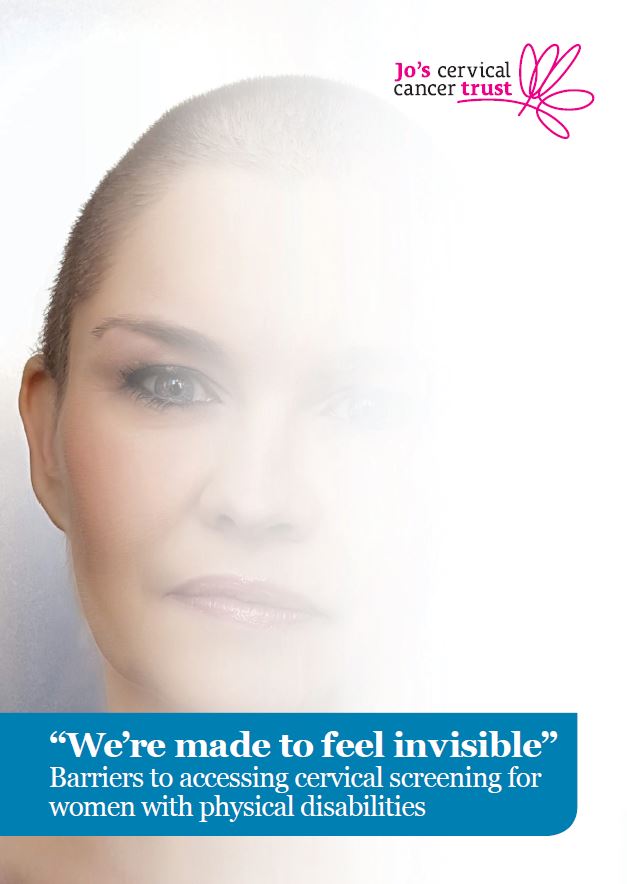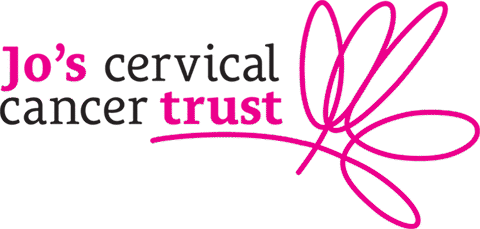A future free from cervical cancer should not leave disabled people behind
Last modified: 11 June 2025, 13:32
This week is Cervical Screening Awareness Week, an opportunity to highlight the importance of cervical screening. Along with the HPV vaccine, attending your routine cervical screening (smear test) is the best way to prevent cervical cancer.
Our main focus this week has been on recognising the barriers that some face when accessing cervical screening. It’s been our hope to share experiences and tips that might make attending this test a little easier.
However, we know that many disabled women and other people with a cervix face unique barriers when attending cervical screening. For some, as many tips as we share, cervical screening remains inaccessible.
Why?
Alongside misconceptions and stigma around the need for cervical screening, there are often physical and communication barriers that can make the process more difficult. For some, it is physically impossible to get their wheelchair through the doors of a GP surgery. For others, the lack of a hoist or a height-adjustable couch means that, even when they make it to the consultation room, there is no way to lay in a position that would make cervical screening possible. Referrals to more accessible gynaecology or colposcopy services, or home visits, should be made available. However sadly we know this isn’t always the case.
Fi’s Story
“I have muscular dystrophy and, at 30 years old, I’ve never had cervical screening. I need a hoist to be available in order to transfer onto the examination table as self-transfer is not an option for me.
My GP told me that there was no hoist available and I was not able to have a home visit either because of insurance reasons. I was told that getting a hoist would take too long, there would be too much paperwork, and I was even told that I could be taking a hoist away from patients in greater need. I felt like I was being guilt-tripped into dropping my pursuit of accessing routine screening that all other women have equal access to.
After protesting, my GP said that cervical cancer is a rare cancer and he could take me off the list for routine cervical screening. I was shocked. I feel so angry and let down and it makes me wonder how many other women have been in a similar situation. It’s as if women with disabilities in modern day Britain simply don’t matter.”
What needs to change?

We have been calling for HPV self-sampling to be offered as part of the cervical screening for many years and hope the evidence soon exists for the UK National Screening Committee to recommend its use. As well as being a preferential choice for women who suffer from anxiety, trauma, and pain – HPV self-sampling could make screening far more accessible to disabled women than it currently is. While sometimes viewed as the solution, we need to ensure that HPV self-sampling is introduced in a way that is accessible to as many people as possible. It is also crucial not to overlook those for whom this still won’t be a viable option.
In our 2019 report, “We’re made to feel invisible: Barriers to accessing cervical screening for women with physical disabilities” we set out five recommendations:
- National support to address inequity in access, through provider service specifications, communications channels, and training
- Each GP practice to review their policies and practice, and ensure pathways or adjustments are in place to ensure every woman can access cervical screening
- Care Quality Commission and health inspectorates to regulate access in general practice
- Research looking at the most effective way of offering cervical screening to disabled women, including feasibility of HPV self-sampling
- Sample taker training, and refresher training, to include potential needs and adjustments that should be considered for disabled women.
While some progress has been made, there is a long way to go. Sadly we still hear from many who are unable to access this potentially life-saving test. We will continue to work until cervical screening is available to everybody who wishes to access it. A future free from cervical cancer should not leave anybody behind.


